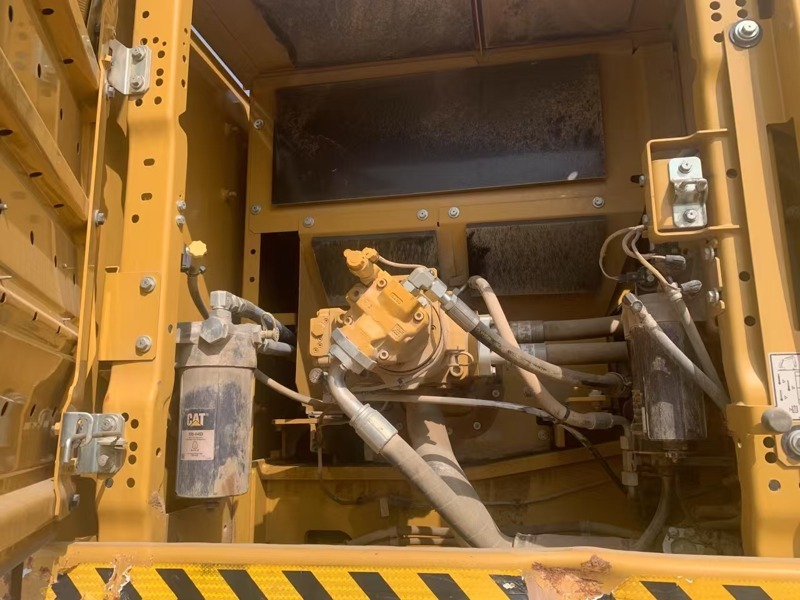What are the hydraulic cylinder cavitation faults of CAT 336D excavator
When repairing the hydraulic cylinder of the CAT 336D excavator, we often see some honeycomb shaped holes on the inner wall of the hydraulic cylinder, piston or piston rod surface, which are all caused by cavitation. The harm of cavitation in hydraulic cylinders is quite significant, as it can cause the mating surface to turn black, and even lead to the burning of support rings and sealing rings, resulting in internal leakage of the hydraulic cylinder. When cavitation and other types of corrosion work together, it will accelerate the corrosion rate of the main parts of the hydraulic cylinder several times or even dozens of times, seriously affecting the normal use of the excavator. Therefore, targeted prevention of cavitation in hydraulic cylinders is essential.
1. The main cause of cavitation
(1) Essence analysis of cavitation
The generation of cavitation is mainly due to a certain amount of air mixed into the oil between the piston and the guide sleeve during the operation of the hydraulic cylinder. As the pressure gradually increases, the gas in the oil will turn into bubbles. When the pressure reaches a certain limit, these bubbles will rupture under the action of high pressure, rapidly applying high-temperature and high-pressure gas to the surface of the parts, causing gas corrosion in the hydraulic cylinder and resulting in corrosive damage to the parts.

(2) Poor quality of hydraulic oil leads to cavitation
Ensuring the quality of hydraulic oil is an important factor in preventing cavitation. If the oil has poor foam resistance, it is easy to produce foam, which will lead to cavitation. Secondly, if the frequency of changes in oil pressure is too fast or too high, it will directly cause the formation of bubbles and accelerate the rate of bubble rupture. Experimental results have shown that areas with high frequency of pressure changes will experience accelerated cavitation. At the inlet and return ports of hydraulic cylinders, due to the relatively high frequency of pressure changes, the degree of cavitation is also relatively higher than other parts. In addition, overheating of the oil also increases the likelihood of cavitation.
(3) Improper manufacturing and maintenance leading to cavitation
Due to insufficient exhaust of the hydraulic system during assembly or maintenance, gas may exist in the system, which can cause cavitation under high temperature and pressure.
(4) The quality of the coolant is problematic, leading to cavitation
When the coolant contains corrosive media such as various acid ions, oxidants, etc., chemical and electrochemical corrosion is prone to occur, and their combined action will also accelerate the rate of cavitation; If the cooling system is well maintained, it can prevent the occurrence of cavitation. For example, if the pressure cap of the cooling system radiator is well maintained, the coolant pressure of the radiator can always be higher than the vapor pressure, thereby preventing the occurrence of cavitation. For example, the thermostat of the cooling system; A high-performance thermostat can keep the coolant within an appropriate temperature range, reducing the energy released when bubbles burst.


